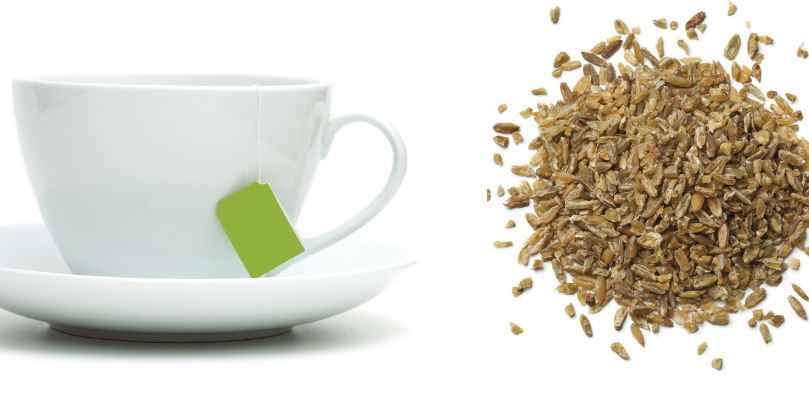TEA IS HOT
Tea. It’s the second most consumed beverage in the world, after water. And here in the U.S., more and more people are drinking it. According to the Tea Council of the USA, Americans consumed more than 80 billion servings of tea last year—that’s more than 3.6 billion gallons!—and it’s expected that number will double in the next five years. Why the increasing popularity? Multiple health benefits, depending on what type of tea you drink; interesting flavors (can you say cacao or wine grapes); and a better-for-you option than sugary, calorie-laden soda. Caffeinated teas also boost mental alertness minus the caffeine jitters.
GET YOUR FREEKEH ON
Pronounced “free-kah,” this hot-to-trot, high-fiber, high-protein grain comes from hot beginnings. Used throughout the Middle East for centuries, freekeh is prepared by picking wheat stalks while still young and green, smoking the stalks over a fire and then grinding them. The process gives the grain a nutty, smoky, roasted taste. And because it’s picked while still green, freekeh is loaded with more minerals and vitamins than many other grains harvested later, such as brown rice. Use freekeh in place of rice or quinoa, swap it out for pasta in a salad, or stir into your favorite soup or stew. But note: Freekeh is a wheat product, so not a gluten-free option.
MORE COMPANIES SAYING GOODBYE TO ARTIFICIAL DYES
For decades, companies have been using artificial dyes to make food and drinks appear fresher, healthier and tastier to make consumers go “yum!” But along the way, studies have also demonstrated various negative effects linked to consuming too many foods with artificial dyes, including allergic reactions, anxiety, migraines and hyperactivity in children.
That’s why it’s encouraging to see a growing number of companies from big to small jump on the bandwagon to follow a healthier route and use natural dyes—or just take out coloring completely. Here are a few who are setting the trend:
ZEVIA, a zero-calorie naturally sweetened soda, is removing the caramel color this year from all of its colas, ginger root beer, ginger ale and cream soda so all of the flavors will be clear.
NESTLÉ USA will remove artificial colors and flavors by the end of this year from all of its chocolate candy products, such as the well-known BUTTERFINGER, BABY RUTH and CRUNCH BARS.
KRAFT’s signature Macaroni & Cheese will be a different shade of yellow starting in 2016. The company is replacing artificial colors with natural spices like turmeric, annatto and paprika.
CAMPBELL SOUP COMPANY will make all of its North American products without artificial colors or flavors by the end of 2018.

